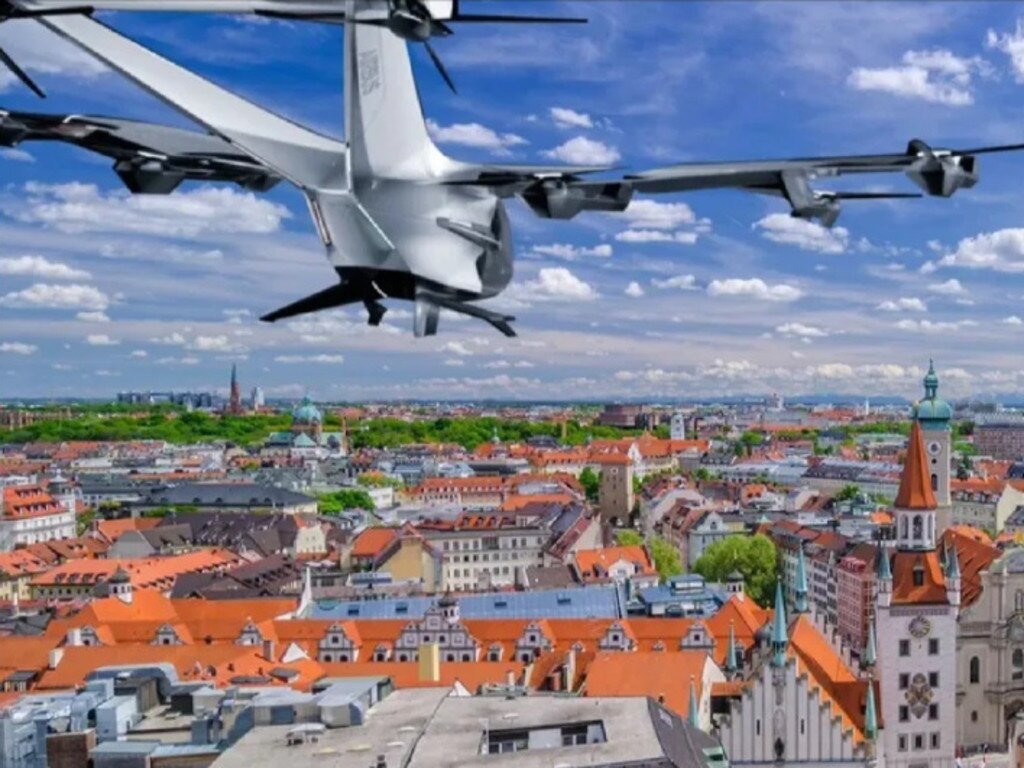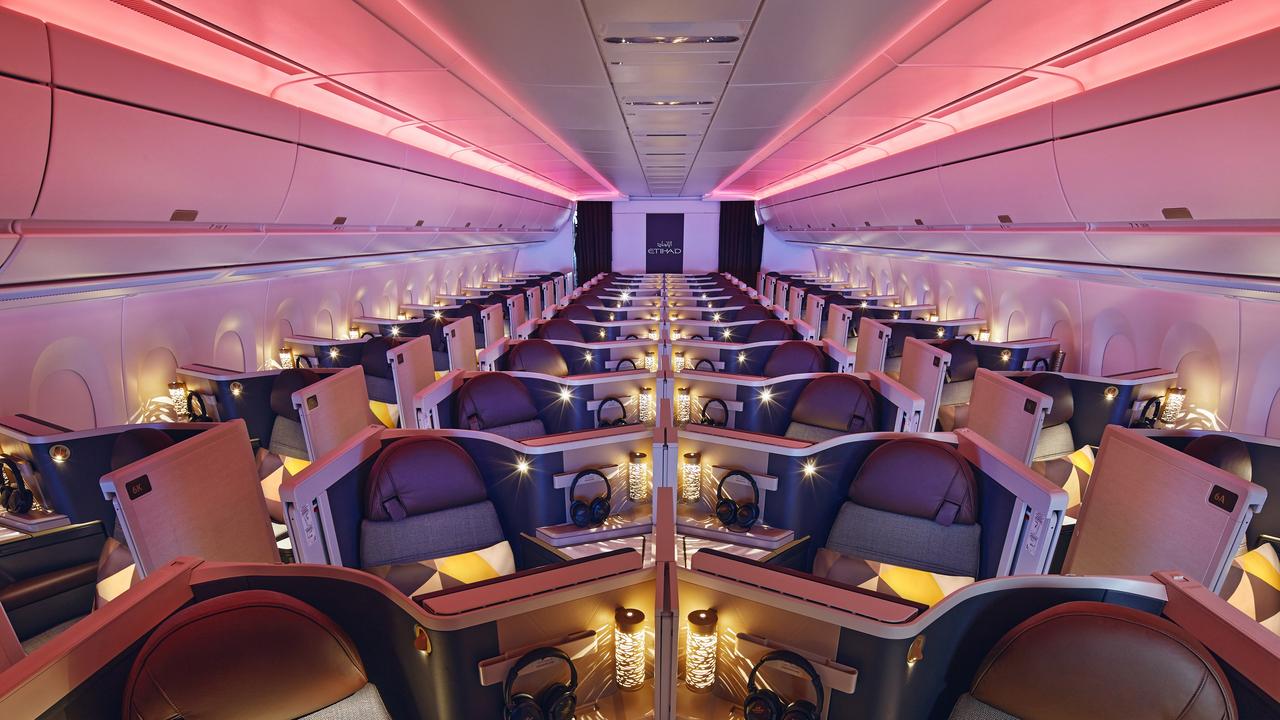Electric ‘air taxi’ built by Airbus can race across cities in minutes
An electric “air taxi” built by Airbus could let you race across cities in minutes by soaring over traffic.

An electric “air taxi” built by Airbus could let you race across cities in minutes by soaring over traffic.
The flying pod is called the CityAirbus NextGen – and is “perfectly suited” for shutting passengers over small distances.
It takes off and lands vertically, and is entirely powered by electricity.
Inside are four seats, so there’s room for the whole family.

It has a max range of around 80km, which is more than enough for several trips across most cities.
And with a fleet constantly in the air or charging, you have a non-stop air-taxi operation.
It has a wingspan of about 12 metres and uses eight propellers to lift off.

Airbus says that it could be used “in major cities for a variety of missions”.
For instance, it could be used as a kind of air ambulance – or for airborne science.
The CityAirbus NextGen was unveiled earlier this year, and is due to be tested with a “maiden flight” before the end of 2024.

“Rolling out CityAirbus NextGen for the very first time is an important and very real step that we are taking towards advanced air mobility and our future product and market,” Airbus’ Balkiz Sarihan said, who heads up the company’s Urban Air Mobility division.
The current prototype used fixed wings with a V-shaped tail.

And all-in-all, it weighs around 2000kg – about the same as a Range Rover Velar.
The idea behind air taxis is that they could skip traffic down below and ease congestion on the roads.
But because they’re smaller and lower-flying than aeroplanes, they wouldn’t get in the way of jets whisking people away on holiday.

“Urban and advanced mobility can be moved into the sky to provide communities with additional ways to reach their destination, by complementing existing means of transport,” Airbus explained.
It said the aim would be to provide “efficient” air transport between “strategic locations in urban and suburban environments”.
That means you could slash your commute times into the city – rather than being stuck behind the wheel in gridlock.
Sadly there’s no telling when or even if the CityAirBus NextGen will arrive in skies for real.
And Airbus has already admitted that it’s facing some major challenges.
“Firstly, we must ensure the highest possible level of safety,” said Charles Louis, a lead engineer at Airbus.
“Secondly, eVTOLs are going to fly over cities and if we want people to accept them we must reduce sound levels even further, which will require blades with very specific aerodynamic shapes.”
He added that the blades take too long to produce currently – requiring eight hours for curing.
Airbus is due to test a prototype of the CityAirbus NextGen this year.
This article originally appeared on The Sun and was reproduced with permission





